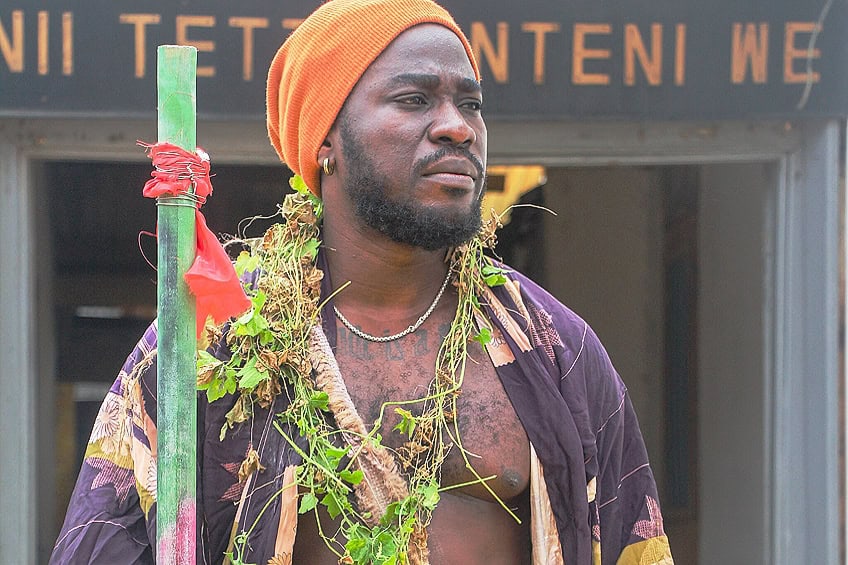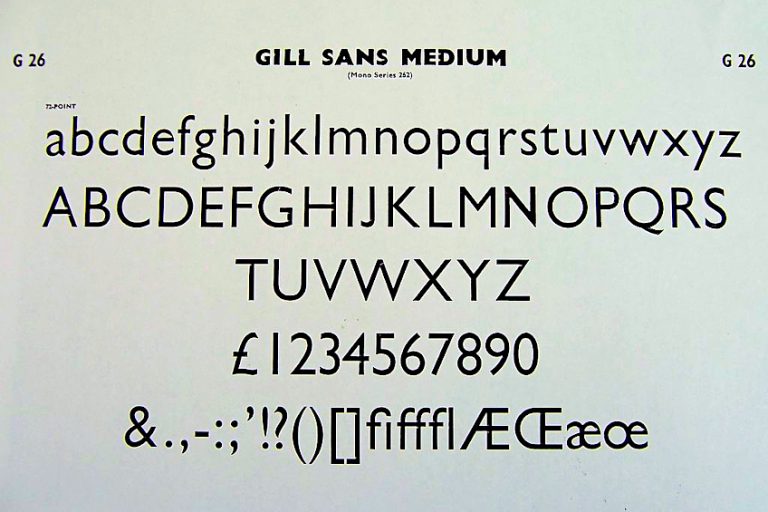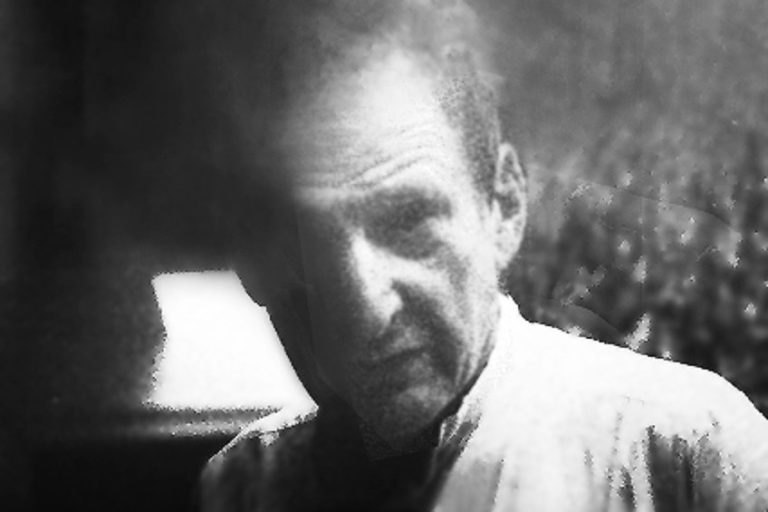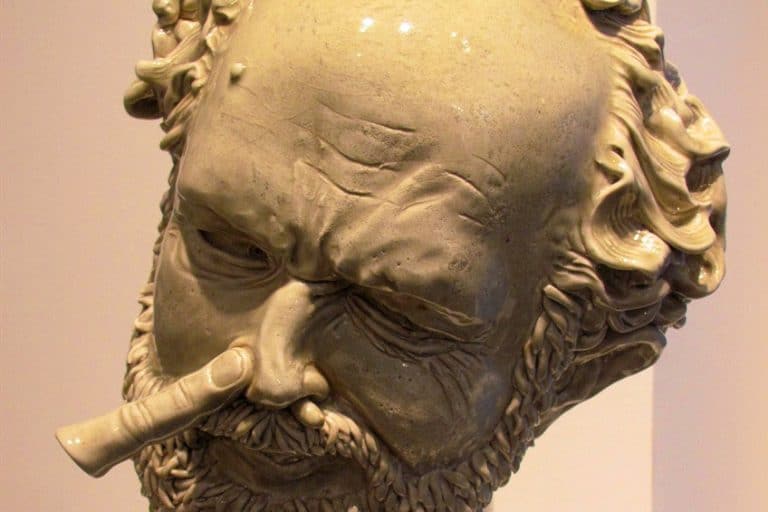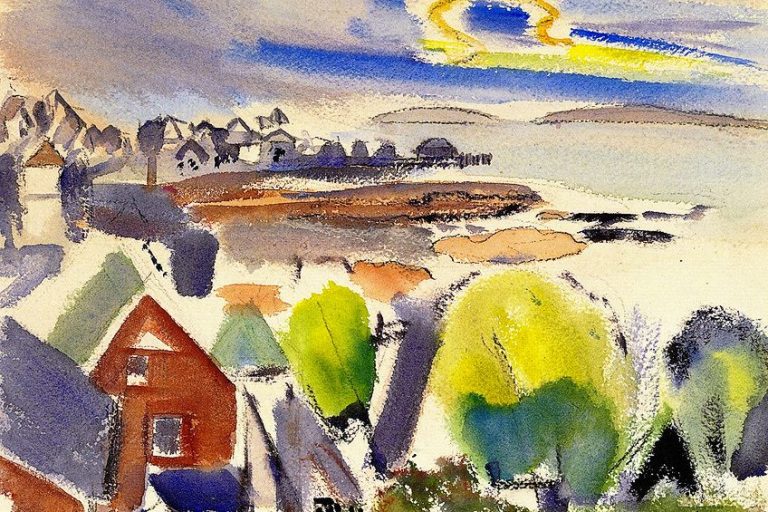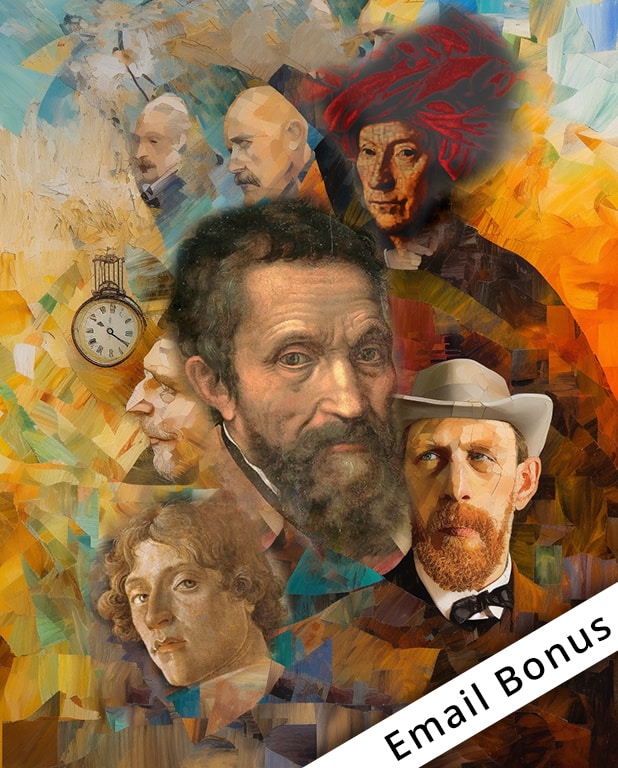Serge Attukwei Clottey – Art from Reclaimed Materials
Serge Attukwei Clottey is a contemporary Ghanaian artist known for his innovative and thought-provoking works that explore themes of environmentalism, identity, and the post-colonial experience. Born in Accra in 1985, Clottey utilizes a diverse range of mediums, including sculpture, performance, painting, and installation, to create pieces that reflect on the complexities of African life and culture. He is particularly acclaimed for his “Afrogallonism” project, where he repurposes yellow plastic jerry cans, ubiquitous in Ghana, to craft intricate, large-scale tapestries and sculptures. Through his art, Clottey addresses pressing global issues such as plastic waste, migration, and the legacy of colonialism, positioning himself as a significant voice in contemporary African art.
Key Takeaways
- Serge Attukwei Clottey is a significant Ghanaian artist known for his concept, Afrogallonism.
- His work explores themes of identity, migration, and the environment using everyday materials.
- Clottey’s art has achieved international recognition, influencing the global understanding of African art.
Early Life and Education
| Birth | 1985 |
|---|---|
| Death | Present |
| Place of Birth | Accra, Ghana |
| Genre of Work | Installation art, sculpture, and performance art |
Serge Attukwei Clottey, a Ghanaian artist born in 1985, is renowned for his multidisciplinary practice that spans installation, performance, photography, and sculpture. He is the originator of Afrogallonism, an artistic concept that uses yellow plastic jerrycans, common in Ghana for water collection, to explore themes of consumption, necessity, and the socio-economic lives of modern Africans. His work deeply examines the symbolic life of everyday objects, making powerful statements about migration, identity, and the environment. Growing up in Accra and currently dividing his time between Ghana and Los Angeles, Clottey’s art has a strong foundation in his personal experiences and the cultural context of his homeland.

His project Afrogallonism provides a unique lens through which he interrogates the ideological and psychic meanings of quotidian materials, transforming commonplace items into profound artistic expressions. This distinctive approach has garnered him international recognition and acclaim. Clottey’s exhibitions, including the notable Beyond Skin, have been pivotal in advancing the conversation on African art and its global impact. By recontextualizing ordinary objects, he challenges perceptions and encourages deeper reflections on community and sustainability.
His innovative use of materials and themes has not only enriched contemporary art but also fostered a greater appreciation for the intricacies of African cultures.
Ghanatta College of Art and Design
Clottey attended the Ghanatta College of Art and Design in Accra from 2000 to 2004. At Ghanatta, he honed his skills in various art forms including painting and sculpting. This institution is known for nurturing many prominent Ghanaian artists. His exposure to different artistic techniques and theories here laid a strong foundation for his future work in installation and performance art. Upon completing his education, Clottey began exhibiting his work in 2003, quickly gaining recognition for his innovative approach using found materials, which became a hallmark of his artistic identity.

Artistic Philosophy and Themes
Serge Attukwei Clottey’s work intricately explores the intersection of environmental consciousness and socio-political issues. Through his art, he examines themes related to identity, migration, and gender in the context of contemporary African society.
Afrogallonism and Environmental Consciousness
Clottey is renowned for his concept of Afrogallonism, which involves the use of yellow oil jerrycans often found in Ghana. These jerrycans, originally used for storing and transporting water, are a symbol of plastic pollution and water scarcity. In his installations and sculptures, he employs these discarded materials to highlight issues of consumption and the environmental impact on modern African life.
By transforming everyday objects into art, Clottey creates a visual narrative that brings attention to the pressing environmental challenges faced by his community.
His performances often include the active engagement with these materials, creating an immersive experience for viewers. This method not only addresses the tangible problem of waste but also elevates awareness about the broader implications of pollution and environmental degradation.
Exploring Identity, Gender, and Migration
Clottey’s art is deeply rooted in the exploration of identity and the intricate threads of gender and migration. Using mediums like performance art and sculpture, he delves into the complexities of African identity in a globalized world. The artist often integrates items like car tyres and recycled boat wood, which hold cultural significance and narrate the history of his people. His work examines how these identities are influenced by historical events and socio-political circumstances.

Gender themes are subtly woven into his works, reflecting the diverse roles and challenges faced by individuals in Ghanaian society. By addressing migration, Clottey highlights the movement of people and the cultural exchanges that influence African artists and their creations, painting a vivid picture of the diasporic experience.
Through these themes, he fosters a discourse on the intersectionality of environment, society, and personal histories, thus creating a deeply resonant and relevant body of work.
Major Works and Exhibitions
Serge Attukwei Clottey is renowned for his extensive body of work, which spans sculptural installations, performance art, and photography. His creations often explore themes of environment, identity, and diaspora.
Notable Sculptural Installations
Clottey’s sculptural installations frequently use repurposed materials, reflecting his commitment to sustainability and social commentary. His trademark Afrogallonism involves transforming yellow oil gallon containers into striking art pieces.
- Yellow Brick Road at Gallery 1957 in Accra showcases a pathway made from these containers, symbolizing the journey of African migrants.
- Kwame displayed at the Royal Museums Greenwich in London addresses themes of colonial history and heritage.
- At Desert X in Palm Springs, he created a large-scale installation emphasizing water scarcity and environmental concerns.
Significant Performances
Clottey’s performance art is deeply rooted in cultural narratives and community engagement. His live acts often involve viewers directly, creating immersive experiences.
- Head to Head at The Mistake Room in Los Angeles featured Clottey and his collaborators using traditional Ghanaian fishing tools to explore teamwork and cultural heritage.
- My Mother’s Wardrobe, a moving tribute performed in Accra and at Simchowitz in Berlin, involved Clottey enacting rituals with his late mother’s clothing, reflecting on loss and memory.
- For the exhibition at the Jane Lombard Gallery in New York, he integrated performance with sculpture, discussing the impact of modernization on traditional African practices.
Photographic Exploits
Clottey’s photography complements his installations and performances, documenting transient moments and highlighting everyday life in Ghana.
- His series, The Wishing Well, captures local resilience and the impacts of climate change, featuring striking portraits and landscapes.
- Displaced offers an intimate look at the lives of those affected by urbanization, blending portraiture with candid street scenes in Accra.
- His work has been exhibited in Dubai, showcasing his breadth and the universal relevance of his themes.

Through these varied mediums, Clottey continues to engage audiences worldwide, pushing boundaries and prompting reflection on critical social issues.
Legacy and Influence
Serge Attukwei Clottey has significantly impacted contemporary African art through his unique multidisciplinary approach, integrating installation, performance, photography, and sculpture. His efforts extend beyond art, contributing meaningfully to educational and social spheres, particularly in Accra.
Contribution to Contemporary African Art
Clottey’s use of everyday materials, like the yellow oil gallons and discarded Kufuor gallons, has redefined artistic innovation in contemporary African art. He coined the term Afrogallonism to describe this practice, which explores consumption and materiality.
His works have been exhibited internationally, earning him recognition and respect.
By employing found objects from Accra, Clottey crafts pieces that evoke a deep connection to Ghana’s cultural history and identity. Accra-based and known for his unique style, Clottey has inspired numerous African artists to explore unconventional materials and themes. His multidisciplinary approach breaks traditional boundaries, fostering a rich, evolving art scene.
Educational and Social Impact
Clottey’s influence extends into the educational realm, where he actively engages communities through workshops and public art projects. His work addresses pressing societal issues, such as the environment, marginalization, and equity. He has contributed to academic discussions and received accolades like an Honorary Doctorate of Arts from the University of Brighton.

His commitment to social change through art has garnered international attention, making him a pivotal figure in using creativity to inspire and educate. Through these efforts, Clottey not only enriches the cultural fabric of Accra but also sets a powerful example for artists worldwide. His legacy continues to inspire change, fostering dialogues that bridge art, education, and social awareness.
Serge Attukwei Clottey’s dynamic and multifaceted body of work continues to push the boundaries of contemporary art, challenging viewers to reconsider their perspectives on environmental, social, and historical issues. By transforming everyday materials into powerful visual narratives, Clottey not only elevates the significance of local Ghanaian culture but also addresses universal themes of identity, migration, and sustainability. His art serves as a poignant reminder of the interconnectedness of our global community and the shared responsibility we have towards each other and the planet. As Clottey’s influence grows on the international stage, his contributions to contemporary art underscore the importance of innovative approaches in tackling today’s most pressing challenges.
Frequently Asked Questions
What Are Some Notable Artworks by Serge Attukwei Clottey?
Some of Clottey’s most notable works include installations such as Warrior, which uses duct tape and oil paint on cork board. His art spans various mediums, including performance, sculpture, and photography, often utilizing items like discarded Kufuor gallons.
Where Can One Find Exhibitions Featuring Serge Attukwei Clottey’s Work?
Clottey’s work can be seen in renowned galleries and exhibitions globally. Notable venues include the Simon Lee Gallery in London and Gallery 1957 in Accra. He has also exhibited in Los Angeles and other major cities.
How Does Afrogallonism Manifest in Serge Attukwei Clottey’s Creations?
Afrogallonism, as Clottey describes, explores the significance of yellow oil gallons in modern African life. His art recontextualizes these everyday objects to comment on consumption, necessity, and cultural identity. These gallons often become key materials in his installations and performances.
Which Materials Are Commonly Used by Serge Attukwei Clottey in His Art Pieces?
Clottey prominently uses materials like yellow oil gallons, car tires, and recycled wood. These items, often sourced from Accra, help forge connections between his art and the local cultural history. Clottey also employs duct tape, oil paint, and everyday discarded items in innovative ways.
Isabella studied at the University of Cape Town in South Africa and graduated with a Bachelor of Arts majoring in English Literature & Language and Psychology. Throughout her undergraduate years, she took Art History as an additional subject and absolutely loved it. Building on from her art history knowledge that began in high school, art has always been a particular area of fascination for her. From learning about artworks previously unknown to her, or sharpening her existing understanding of specific works, the ability to continue learning within this interesting sphere excites her greatly.
Her focal points of interest in art history encompass profiling specific artists and art movements, as it is these areas where she is able to really dig deep into the rich narrative of the art world. Additionally, she particularly enjoys exploring the different artistic styles of the 20th century, as well as the important impact that female artists have had on the development of art history.
Learn more about Isabella Meyer and the Art in Context Team.
Cite this Article
Isabella, Meyer, “Serge Attukwei Clottey – Art from Reclaimed Materials.” Art in Context. August 13, 2024. URL: https://artincontext.org/serge-attukwei-clottey/
Meyer, I. (2024, 13 August). Serge Attukwei Clottey – Art from Reclaimed Materials. Art in Context. https://artincontext.org/serge-attukwei-clottey/
Meyer, Isabella. “Serge Attukwei Clottey – Art from Reclaimed Materials.” Art in Context, August 13, 2024. https://artincontext.org/serge-attukwei-clottey/.


